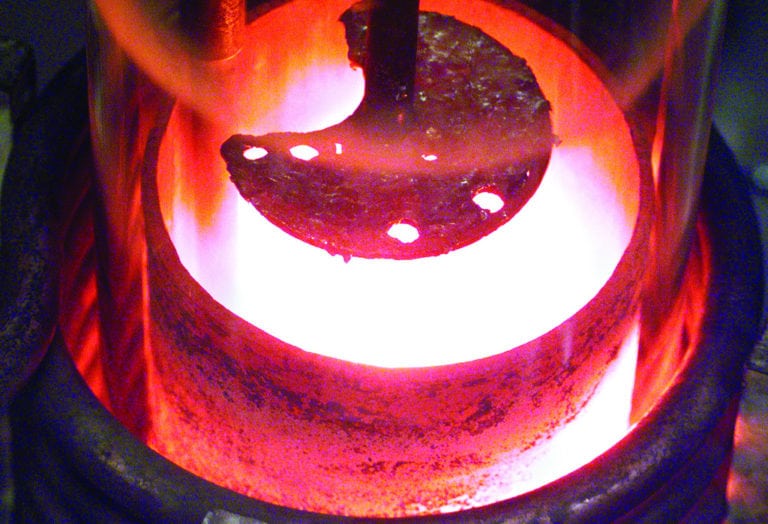
Workers responsible for a breach of criticality safety procedures at the Los Alamos National Laboratory in New Mexico are back on the job, the lab’s prime contractor confirmed this week.
The workers had been temporarily “disqualified” from working at Los…